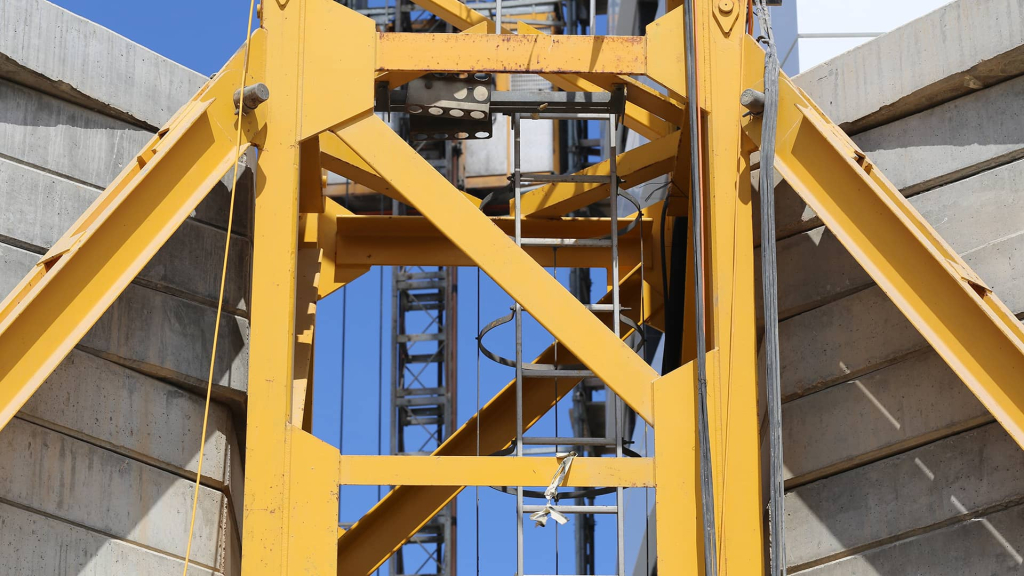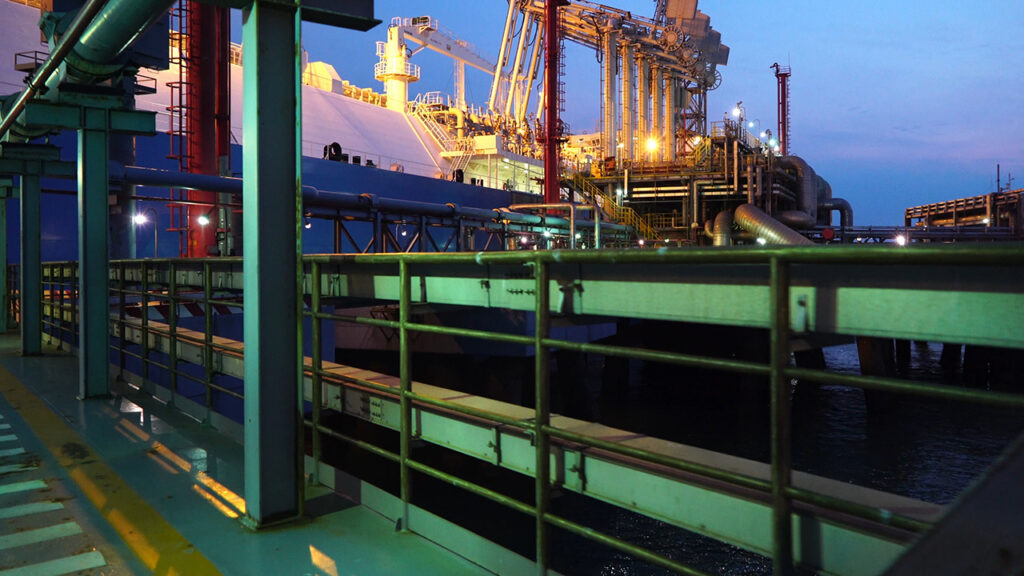A Supreme judgment that’s fit for purpose, August 2017
The Supreme Court handed down its unanimous judgment in MT Højgaard A/S v E.ON1 on the 3 August. The case concerns liability for €26.5 million of works to rectify defects in foundations at E.ON’s Robin Rigg wind farm in the Solway Firth, which were designed and built by MT Højgaard A/S (MTH).
At first instance, Edwards-Stuart J. held that MTH was subject to a fitness for purpose obligation and was liable. The Court of Appeal however, allowed MTH’s appeal deciding that MTH was subject to a lower obligation to design and construct the works with reasonable skill and care, which it had complied with.
On appeal before the Supreme Court, it held that a fitness for purpose obligation contained in a schedule to a contract was to be given its natural effect and that it was not inconsistent with other terms of the contract.
The resolution of the issue of liability turned on how the “somewhat diffuse” documents which constituted, or were incorporated into, the Contract should be construed. The Contract, as is not unusual for construction contracts, comprises a number of documents. The dispute centred on the construction of obligations in the (i) Contract Conditions, and (ii) Technical Requirements (TR) forming part of the Employer’s Requirements.
The key TR paragraph is paragraph 3.2.2.2(ii) which states:
“The design of the foundations shall ensure a lifetime of 20 years in every aspect without planned replacement. The choice of structure, materials, corrosion protection system operation and inspection programme shall be made accordingly”
The Supreme Court had to decide if paragraph 3.2.2.2(ii) meant MTH was subject to a fitness for purpose obligation, warranting the foundations for 20 years (as held at first instance) or, if when considered against other provisions of the Contract, paragraph 3.2.2.2(ii) was “too slender a thread upon which to hang a finding that MTH gave a warranty of 20 years life for the foundations” (as decided by the Court of Appeal).
Tension between a 20-year Design Life Warranty and two-year Defects Notification Period
A new argument made by MTH before the Supreme Court was that other provisions in the Contract supported its position that the Parties had not intended to agree a 20-year design life.
MTH referred the Supreme Court to the two-year Defects Correction Period, underlining their right at the end of that period to request a final certificate with conclusive effect and the exclusive remedies clause, the effect of which was contended by MTH support its position that a 20-year design life was not intended by the TR.
Lord Neuberger held that these provisions did not undermine a conclusion that the TR contained a 20-year fitness for purpose warranty, but observed it was possible that MTH agreed to the 20-year warranty on the basis it had the benefit of a two year limitation period. He stated “it would simply mean that the rights given to E.ON by [the TR] were significantly less valuable than at first sight they may appear” as a defect claim arising after the two-year DNP would be barred by the exclusive remedies clause.
Whilst this was not an issue in the case, as the defects arose before the two-year DNP expired, the court recognised there was a powerful case for reconsidering Jackson LJ’s interpretation of the paragraph 3.2.2.2(ii) warranty in the Court of Appeal. In this respect, the Supreme Court held that rather than warranting the foundations would have a lifetime of 20 years, paragraph 3.2.2.2(ii) instead amounted to an agreement that the design of the foundations was such that they would have a lifetime of 20 years.
When read together with the two-year DNP and the exclusive remedies provisions, paragraph 3.2.2.2(ii) did not guarantee the foundations would last 20 years without replacement, but that they had to be designed to last for 20 years without replacement. Lord Neuberger explained “rather than the 20-year warranty being cut off after 24 months, E.ON had 24 months to discover that the foundations were not, in fact, designed for 20 years”. On this basis, E.ON’s rights under paragraph 3.2.2.2(ii) required it to appreciate before conclusion of the two-year DNP that the design of the foundations was such that they could not be expected to last 20 years.
The Supreme Court therefore took the view that paragraph 3.2.2.2(ii) is a contractual warranty that the foundations will be designed to have a lifetime of 20 years rather than, as decided by the lower courts, a warranty that the foundations will have a lifetime of 20 years. This is a subtle but important difference.
If the foundations had instead failed outside the two-year DNP, then MTH’s liability would have turned on whether E.ON had identified within the two-year DNP a failure on MTH’s part to design the foundations for a 20-year life. If such a failure was only identified after expiry of the DNP, then the effect of a final certificate and the exclusive remedies provisions would have excluded MTH’s liability.
Accordingly the Supreme Court dismissed this line of argument on the basis that the natural meaning of paragraph 3.2.2.2(ii) was such that it was a warranty for a 20year design life. This warranty was not undermined by the possibility the Parties had agreed to limit MTH’s liability to a two-year period, save in the event of misconduct. Such a limitation was not, in any event, relevant to the issue of liability before the Court as the defects had appeared within the two-year DNP.
The Warranty given under Paragraph 3.2.2.2(ii) of the TR
The main question for the Supreme Court was where, in light of paragraph 3.2.2.2(ii) which refers to ensuring a life for the foundations of 20 years, MTH was in breach of contract, despite the fact that it used due care and professional skill, adhered to good industry practice and complied with the J101 design code.
E.ON contended that paragraph 3.2.2.2(ii) of the TR is incorporated into the Contract as Clause 8.1 of the Conditions required the Works to be fit for purpose, which was defined as requiring compliance with the Employer’s Requirements (which included the TR). On this basis E.ON argued that MTH was in breach of paragraph 3.2.2.2(ii) and was liable to E.ON for damages flowing from that breach.
MTH, however, argued that it was required to construct the Works in accordance with the J101 design code and in circumstances where it did so (with appropriate care), it is “unconvincing” to suggest paragraph 3.2.2.2(ii) of the TR should nevertheless render MTH liable for faulty construction. MTH said that the references to a 20-year design life in the TR ultimately do no more than reflect the fact, as envisaged by J101, that this was a design life. MTH also argued that the technical nature of the TR meant any obligation to warrant the foundations would last for 20 years, or would have a design life of 20 years, should have been included in plain terms as a ‘Key Functional Requirement’ at the start of the TR.
Lord Neuberger formed the view that the natural meaning of paragraph 3.2.2.2(ii) is that it either involved MTH warranting that the foundations would have a lifetime of 20 years, or (and his preferred view) agreeing the design of the foundations would be such as to give them a lifetime of 20 years. On this basis, he considered there were only two possible arguments open to MTH to avoid the paragraph’s natural meaning:
- That such an interpretation results in an obligation which is inconsistent with MTH’s obligation to construct the Works in accordance with J101; or
- Paragraph 3.2.2.2(ii) is simply too slender a thread on which to hand such an important and potentially onerous obligation.
He dismissed the first argument on the basis of a long line of Canadian and UK cases which confirm that a contractor’s warranty to complete works without defects overrides any particular design or specification that he is required to work to. He said: “it is the contractor who can be expected to take the risk if he agreed to work to a design which would render the item incapable of meeting the criteria to which he has agreed”. Applying this to the facts of this case he held that it was clear the J101 design code was the “minimum” design requirement and that MTH was responsible for improving on that design code/ standard if necessary.
In terms of the second argument, he dismissed each of the six positions deployed by MTH in support of its view that paragraph 3.2.2.2(ii) is too weak a basis to rest a contention that it had a liability to warrant the foundations would survive for 20 years. In dismissing MTH’s case in this regard Lord Neuberger noted even in circumstances where a contract has been drafted poorly, the court has to do its best to interpret the contractual arrangements by reference to normal principles. There is nothing improbable or unbusinesslike to his interpretation that the natural meaning of paragraph 3.2.2.2(ii) was a design life of 20 years. He was unimpressed by MTH’s argument that it is “surprising” such an onerous provision is tucked away in part of the TR, or that it should have been included higher in the TR. He was also unwilling to accept that paragraph 3.2.2.2(ii) was effectively redundant because of the other obligations with regard to delivery of the Works at Clause 8.1 of the Contract.
Comment
This case is a reminder of the adverse cost and publicity consequences for parties who fail to ensure that their contracts are carefully and consistently drafted.
The inconsistencies within their contract meant that E.ON and MTH have now been through three tiers of Courts to resolve what is in reality a surprisingly fundamental issue that should be dealt with clearly in a contract. Was MTH, as the contractor, agreeing to warrant that the works were fit for purpose or was it warranting that it would use reasonable skill and care in designing and constructing the works?
The case provides categorical confirmation that an obligation to carry out and complete works without defects such that they are fit for purpose cannot be avoided on the basis the employer specified a particular item or design. The contractor is warranting that the completed works will be free from defects and it takes the risk of achieving this irrespective of a particular specification or design imposed by the contract.
Finally, the effect of a conclusive Final Certificate in combination with an exclusive remedies clause to limit liability must not be overlooked in circumstances where the Parties are seeking to agree a warranty that the works will be free from defects beyond the date of the Final Certificate.
For more information, please contact the author of this briefing:
Richard Booth
Senior Associate, London
T +44 (0)20 7264 8385
E richard.booth@hfw.com
Download a PDF version of ‘A Supreme judgment that’s fit for purpose, August 2017’











